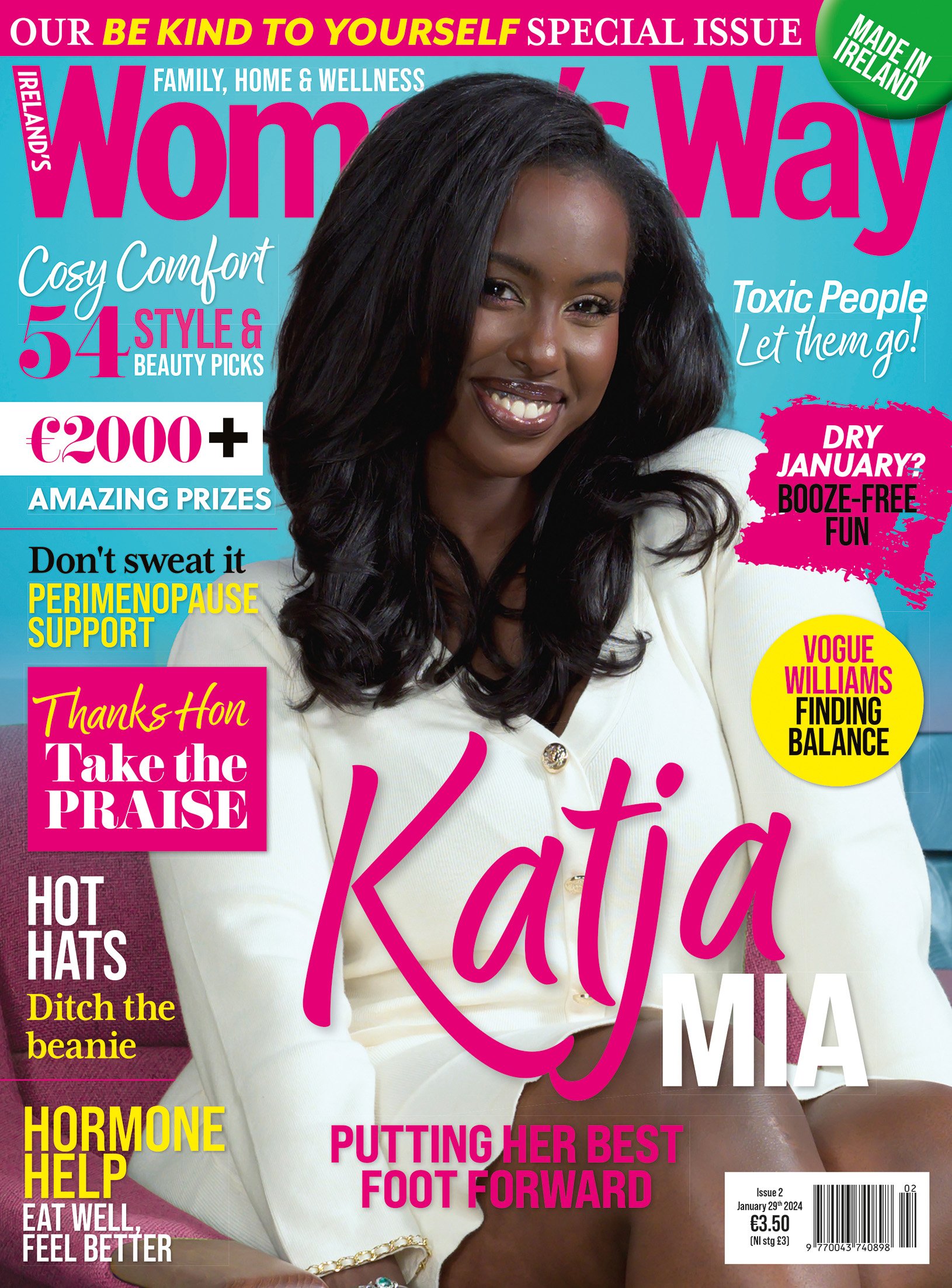How to... calligraph
Noeleen McNamee from Peannairi advises on how to enjoy this beautiful visual art
What specialist equipment do you need? Is there a particular pen/set you’d recommend for a beginner?
There are different scripts which require a different nib. If you would like to try writing the traditional round hand, italic or uncial scripts etc., these require a nib with a square top. For the beginner I would recommend the Pilot parallel pen 3.8mm nib. It uses cartridges and is easier for the beginner to use. This can be purchased from the Pen Corner in Dame Street or online from Amazon, scribblers.co.uk, penmandirect.co.uk. The last two mentioned specialize in all the materials nibs, ink, etc. that you need to advance at calligraphy. I don't recommend the fountain pen sets or markers for beginners. If you are left handed you may need to send away for left hand set of nibs, ink and a holder. There is a set available and normally Cork art supplies have some in stock. For practice I recommend a marker pad as usually these do not bleed. Also you can google different scripts and there are many good books available on calligraphy for beginners
If you are interested in learning the copperplate script then you will need a pointed nib and an oblique holder and ink. A rhodia pad has a perfect surface for practice (Pen Corner) but you can use your marker pad. The copperplate hand has become very popular of late with lots of alphabets and youtube videos available on google. This is good for the left handed calligrapher who seem to have no trouble with this script and pointed nib.
Is calligraphy an easy skill to pick up?
It requires a lot of practice and dedication. Some people will never master it. Some will pick it up quickly. The main thing is to study the construction of each letter in the alphabet and develop a consistency in the letter forms and spacing between letters and words.
Do you require a particular type/weight of paper?
Usually we use a smooth or HP (hot pressed paper) 300gm. For practice a Rhodia pad, layout pad or marker pad as guidelines can be placed beneath these.
What are common problems for calligraphers?
Probably trying to rectify all the bad habits developed over many years and the fact that so many people have abandoned the art of handwriting. For many using a dip pen and ink is a completely new thing. Also it can be difficult for left handed people depending how they write but there are excellent demonstration from left handed calligraphers on YouTube.
How can you gauge the right amount of ink?
Usually I recommend wiping the nib on the edge of the bottle after dipping or on to a tissue to stop too much ink flowing from the nib.
Is there a particular angle a pen should be held?
Yes eg. for Italic it is 45` angle.
How important is it to clean nibs?
Nibs should be cleaned to stop them clogging but they should always be dried away from the tip or point to prevent rust.
Are there any misconceptions about calligraphy?
That it is easy and there is a misconception that if you have good handwriting you will be good at calligraphy. There are lots of rules to follow and lots of practice. Also there is help out there in classes, workshops and correspondence courses. You can contact me about these on info@calligraphy.ie.
How should I set up my workspace for calligraphy practise?
For copperplate you need a padded flat surface with your ink on the right if you are right handed. But if you are writing the other scripts you need to tilt your board at an angle. Things are much easier if you are using the Pilot Parallel pen as it works on cartridges and therefore you don't need to worry about ink.
How important is the stroke of the pen?
That is of course the most important thing in calligraphy. Your thick and thins are important in every script.
For further information you can view Peannairi, at www.calligraphy.ie and Facebook or email: info@calligraphy.ie.
